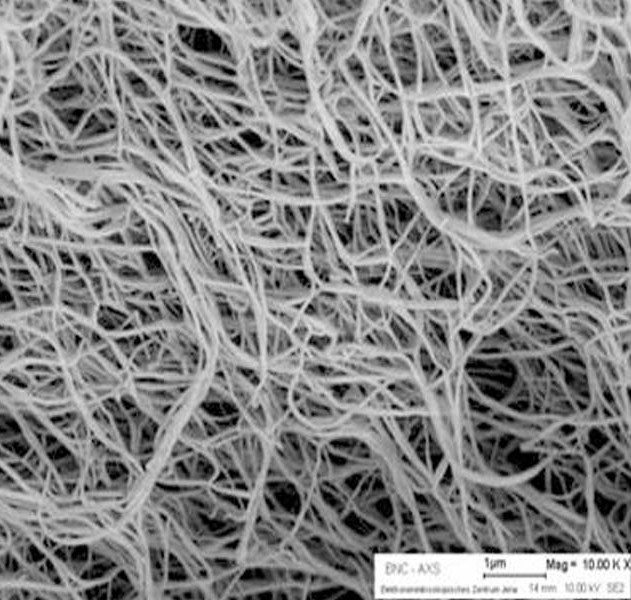A team of researchers in Aachen, Germany, has developed a common language for microstructures that could unite a variety of computer software packages and help drive material science forward.
Essentially, it is metadata for physical structures, which gives us a whole new level of information about a material’s transformations in the production process. These ‘metadata descriptors’ cover the three-dimensional microstructure of the material throughout its life cycle, including any physical transformations.
It allows us to classify and structure complex data, as well as defining the properties and functions of any one component in a material.
Their findings were published in Science and Technology of Advanced Materials.
Microstructures are becoming a daily discussion
We simply have not worked with materials on a microstructure level like we are now. Material science on an atomic, macroscopic and electronic scale is now commonplace and we simply have to have faster access to the information. Integrated computational materials engineering is moving at breakneck speed and we need to create models that allow scientists and R&D teams to work with materials at these scales.
Now we are not simply trying to find the right compounds and alloys, we’re breaking it down to microstructures that can affect the physical properties. While there are a number of software packages that teams of researchers can use, they basically speak different languages.
A common language is required
This puts materials scientists at a disadvantage and can mean a great deal more work that could be avoided by a common language that unites a variety of disparate software packages.
Access is a research centre with close ties to the Technical University in Aachen and its team has toiled on a common language, the Esperanto of the microstructure world, which will allow different modelling programs to communicate. A better analogy is the .jpeg format for images.
“Such a common language will allow for a seamless communication between different commercial and/or academic tools,” said Access senior scientist Georg Schmitz. “Such communication is necessary, as most of the current problems can’t be solved by a single tool alone. We need the interactions of different tools that also need to interact with experimental data.
“Similar to the jpeg format, the group looked for a data scheme allowing the future exchange of complex simulation data as easily as digital pictures are exchanged nowadays. This provides a flavour of what can become possible in the area of materials science and engineering: faster developments of new processes and new materials, of processes and materials having a smaller ecological footprint, and of new materials with new functionalities for new or better products.”
An unspectacular, but major breakthrough
This might not be the most spectacular breakthroughs in recent times, but it could be the one with the furthest reaching effects. Anything that makes it easier for material scientists everywhere to switch between packages and import their data for experimentation could lead to the breakthrough that changes tomorrow’s world.
So we’ll be watching the effects of this one closely.



